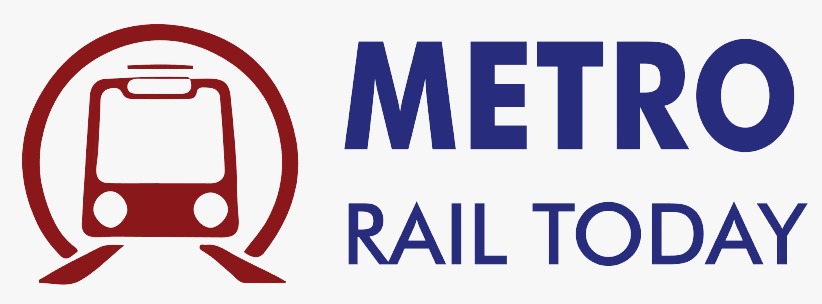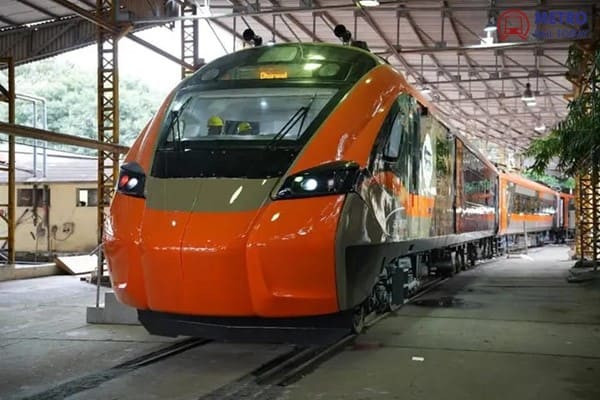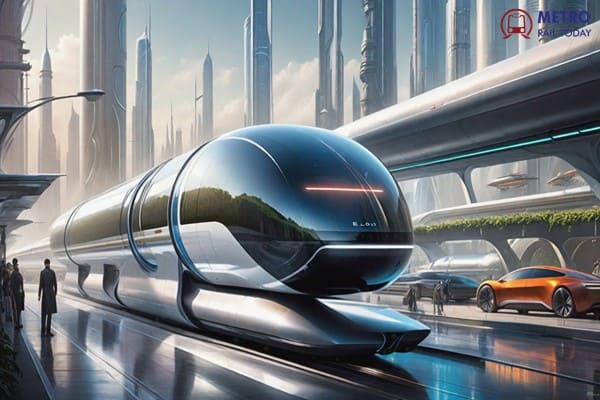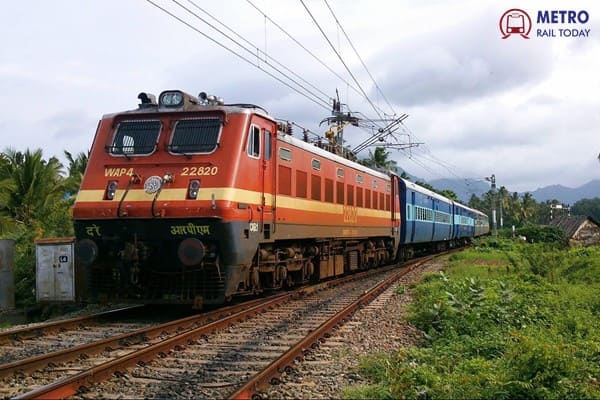 The Future of Railways in India: From Gauge Conversion to High-Speed Corridors
The Future of Railways in India: From Gauge Conversion to High-Speed Corridors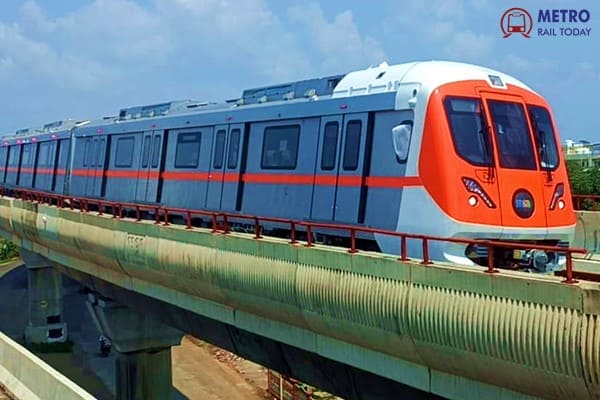 CMRS concludes 3-Day Safety Inspection of Bhopal Metro Priority Corridor
CMRS concludes 3-Day Safety Inspection of Bhopal Metro Priority Corridor Ho Chi Minh City to invest USD19.67 billion to develop 232 km of Urban Railways by 2030
Ho Chi Minh City to invest USD19.67 billion to develop 232 km of Urban Railways by 2030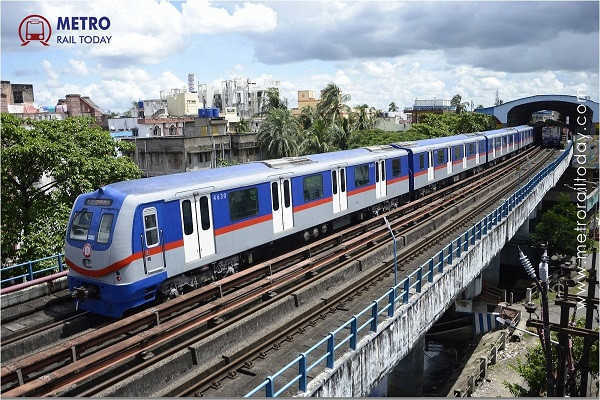 Kolkata Metro Blue Line to receive AI-Powered Security upgrade by March 2026
Kolkata Metro Blue Line to receive AI-Powered Security upgrade by March 2026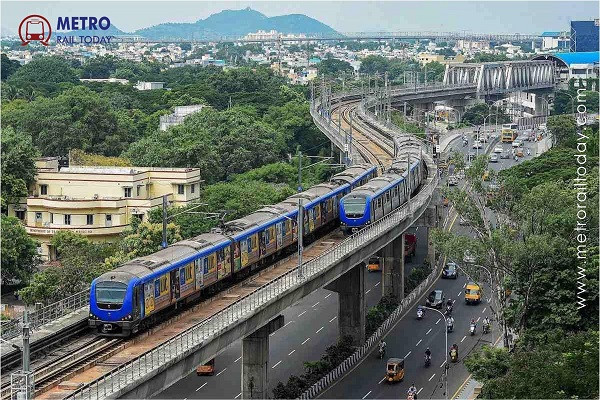 Central Govt returns Coimbatore and Madurai Metro proposals, Citing low population in cities
Central Govt returns Coimbatore and Madurai Metro proposals, Citing low population in cities SNTP Technologies: India's Largest Rebar Coupler Maker Setting New National Standards
SNTP Technologies: India's Largest Rebar Coupler Maker Setting New National Standards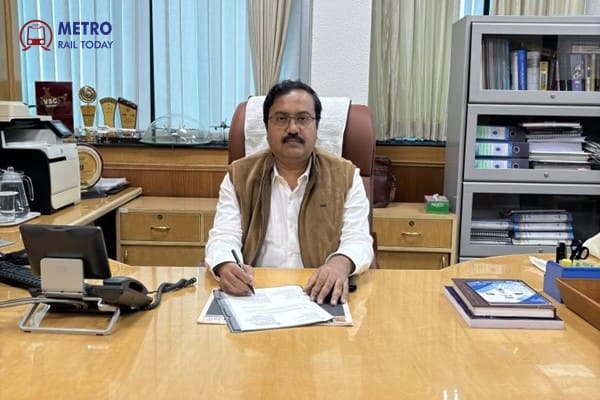 Nilabhra Sengupta appointed as new Commissioner of Metro Railway Safety (CMRS)
Nilabhra Sengupta appointed as new Commissioner of Metro Railway Safety (CMRS) Maharashtra approves India’s First Pod Taxi connecting Thane, Navi Mumbai & Mira-Bhayandar
Maharashtra approves India’s First Pod Taxi connecting Thane, Navi Mumbai & Mira-Bhayandar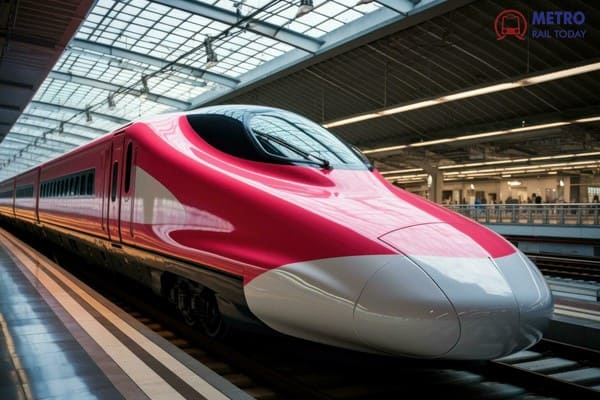 PM Narendra Modi reviews progress of Mumbai–Ahmedabad Bullet Train Project in Surat
PM Narendra Modi reviews progress of Mumbai–Ahmedabad Bullet Train Project in Surat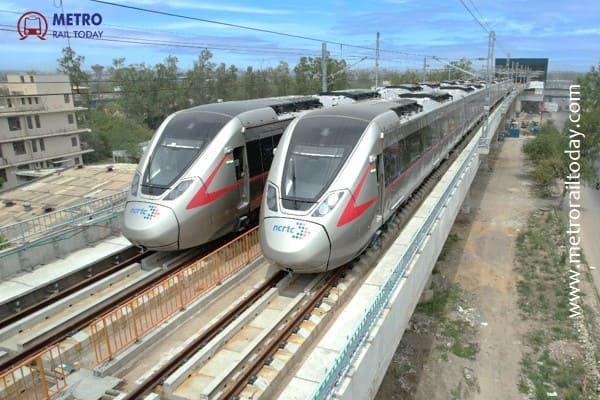 Public Investment Board approves two new RRTS corridors worth ₹65,000 crore
Public Investment Board approves two new RRTS corridors worth ₹65,000 crore
The Future of Railways in India: From Gauge Conversion to High-Speed Corridors

What began as a colonial-era railway grid has evolved into one of modern India’s most strategic tools of national integration. As the country’s economic ambitions expanded, it became clear that the fragmented, aging, multi-gauge network of the past could no longer support the demands of a fast-growing, globally competitive economy.
Today, Indian Railways is undergoing a once-in-a-generation transformation — shifting from a slow-moving legacy system to a high-capacity, technology-driven, and environmentally aligned mobility ecosystem. This shift is backed by unprecedented financial commitment: ₹2.65 lakh crore allocated in the Union Budget FY2025, nearly half of which is directed toward capacity expansion through electrification, track doubling, modernization, and safety technologies.
This is not merely an infrastructure upgrade; it is a strategic investment in building a future-ready transport backbone aligned with India’s vision of inclusive growth, logistics efficiency, and sustainable development.
Phase One: Gauge Conversion and Track Doubling
One of the most significant steps in this transformation is the consolidation of India’s historically mixed track system. For decades, the network was a blend of metre, narrow, and broad-gauge lines — a structure that reflected regional priorities rather than national efficiency. This diversity created bottlenecks, forced transshipment, and limited the seamless movement of long-distance and freight trains.
The current reform aims to create a uniform, fully broad-gauge system, enabling smoother, faster, and more reliable operations.
Key national targets include:
-
5,500 km of new lines, and
-
7,000 km of upgrades by FY2024–25.
By December 2024, nearly 62% of this target had already been achieved.
On the ground, projects such as the Burhwal–Gonda fourth line (₹796 crore) and upgrades along the Bhagalpur–Jamalpur belt under the Amrit Bharat Express initiative reflect rapid momentum. Engineering consultancies are deeply involved — from the 264 km Lucknow–Pilibhit gauge conversion to doubling projects across Western and South Central Railway.
These companies are not just advisors; they provide continuous on-ground engineering, quality assurance, construction supervision, and project management — all essential for a programme of this scale.
Modernisation and the Rise of Semi-High-Speed Corridors
Alongside foundational upgrades, India is moving aggressively into semi-high-speed operations. Flagship trains such as Vande Bharat, Amrit Bharat, and Namo Bharat require more than sophisticated rolling stock — they demand:
-
Upgraded ballast profiles
-
Smoother geometry
-
Stronger bridges
-
Modern signalling
-
Higher safety protocols
A milestone example is the 208 km Patna–DDU section, recently cleared for operations at 130 km/h under Mission Raftaar.
Track realignments, bridge strengthening, and station modernisation are being executed with extensive support from technical consultants who ensure each corridor meets higher safety and performance standards. Their work is crucial in building the spine for India’s next phase of passenger rail modernisation.
Safety and Digital Integration: Building the Intelligent Railways of Tomorrow
Indian Railways has earmarked ₹3.5 lakh crore for safety, reflecting a firm shift towards preventive and predictive systems. Key national initiatives include:
-
Kavach, the indigenous Automatic Train Protection (ATP) system
-
Extensive bridge rehabilitation across aging structures
-
Drone-based surveillance of vulnerable track stretches
-
Smart monitoring using sensors, IoT devices, and digital twins
-
Early adoption of 5G and mmWave telecom systems for real-time diagnostics
Much of this is powered by engineering firms that deploy drones, AI-driven analytics, and condition monitoring systems to strengthen the network’s resilience.
Accelerating Into the High-Speed Rail Era
India’s boldest railway ambition is the creation of a national High-Speed Rail (HSR) ecosystem. The 508 km Mumbai–Ahmedabad Bullet Train is progressing rapidly, with:
-
A 2.7 km main tunnel breakthrough
-
16 of 21 major bridges completed
-
90%+ pier work completed in several sections
Indigenous capability is rising in parallel. The Integral Coach Factory (ICF) is developing 250 km/h Vande Bharat–derived standard-gauge trainsets. Japan has agreed to gift retired Shinkansen test rakes in 2026, providing a real-world reference blueprint for India’s HSR ecosystem.
Upcoming HSR corridors, including Delhi–Ahmedabad, Delhi–Varanasi, and Chennai–Mysuru, are advancing through feasibility studies and land acquisition stages. The long-term vision — a Diamond Quadrilateral of HSR by 2035 — could redefine intercity passenger mobility, decongest highways, and dramatically reduce carbon intensity.
Consultants are already conducting LiDAR surveys, soil investigations, hydrological modelling, and bridge design reviews. Their early interventions reduce risks and speed up execution on terrain-sensitive stretches such as Jogighopa and upcoming cable-stayed bridges.
Broader Economic Impact and Strategic Integration
India’s railway transformation is not just about better trains — it is an economic catalyst. New freight corridors and rail links are opening industrial opportunities in regions like Aurangabad’s AURIC zone, boosting logistics efficiency for manufacturers and exporters.
Mega-projects like the Chenab Bridge, the world’s tallest railway arch, symbolize engineering breakthroughs and the broader goal of integrating remote regions like Kashmir with the national economy.
Organisations such as NHSRCL, DFCCIL, and ICF are driving innovation alongside a growing ecosystem of specialised engineering consultancy firms. Their collaboration ensures that large-scale visions are translated into practical, durable infrastructure on the ground.
Takeaway: A Future-Ready Rail System in the Making
India’s railway transformation is a long-haul journey — one that faces hurdles such as land acquisition complexities, high equipment costs, and execution challenges. Yet, the progress is unmistakable. Accelerated track upgrades, digital systems, indigenous rolling stock, and high-speed rail corridors are pushing India firmly into the future.
If current momentum continues, India is well on track to emerge as a global leader in smart, efficient, and sustainable rail transport — powered by engineering depth, technological ambition, and a national vision that recognises rail as the backbone of inclusive development.
